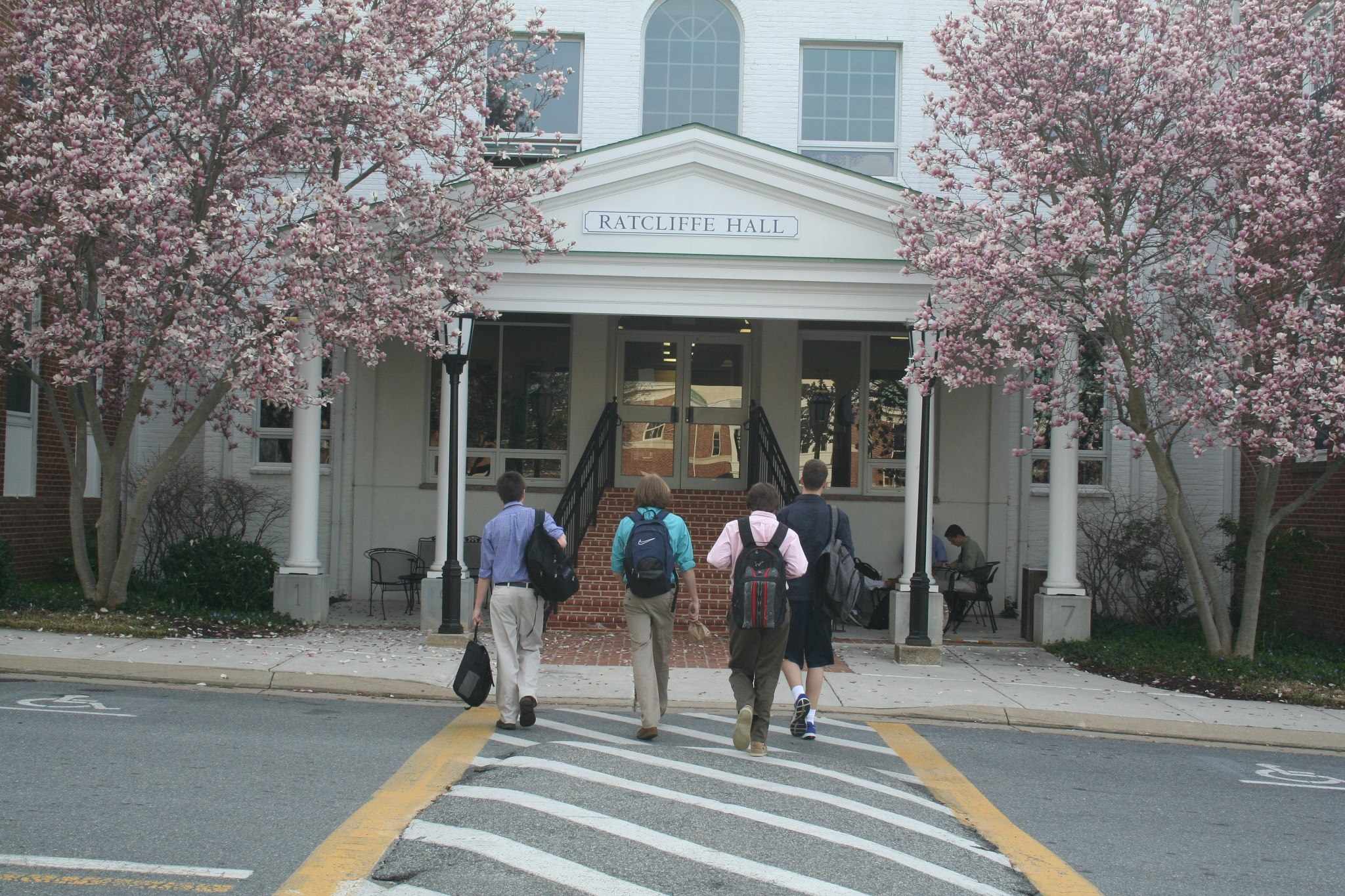2024 Net Position: $880,267,990 (Page 4) | Senior Administration Organization Chart
Banana Pudding Overnight Oats is a delicious and nutritious breakfast dish made by combining rolled oats, mashed bananas, milk, and other flavorings, and allowing them to sit and “soak” in the refrigerator overnight. This results in a creamy, flavorful, and satisfying bowl of oats that are ready to eat in the morning without any cooking required. It’s convenient make-ahead breakfast option that can be customized to suit individual tastes and dietary preferences. Here’s a simple recipe for Banana Pudding Overnight Oats:
Ingredients:
1 ripe banana, mashed
1/2 cup rolled oats
1/2 cup milk (any type of milk, such as dairy milk, almond milk, or coconut milk)
1 tablespoon chia seeds (optional)
1 teaspoon vanilla extract
1/2 teaspoon ground cinnamon
1/4 teaspoon salt
1 tablespoon sweetener of choice (such as honey, maple syrup, or agave nectar)
Additional banana slices, crushed cookies, or whipped cream for garnish (optional)
Instructions:
In a medium-sized bowl, mash the ripe banana with a fork until smooth. Add the rolled oats, milk, chia seeds (if using), vanilla extract, cinnamon, salt, and sweetener to the bowl with the mashed banana. Stir well to combine. Cover the bowl with plastic wrap or a lid and refrigerate overnight, or for at least 4-6 hours, to allow the oats to absorb the liquid and soften.
In the morning, give the oats a good stir and adjust the sweetness or consistency to taste by adding more sweetener or milk if desired. Serve the Banana Pudding Overnight Oats in bowls or jars, and garnish with additional banana slices, crushed cookies, or whipped cream if desired.
Enjoy your delicious and creamy Banana Pudding Overnight Oats for a nutritious and convenient breakfast!
vbvbvbvb
More:
Texas A&M University: Banana Nut Overnight Oats
Harvard University: Oats the Nutrition Source
Colorado University: Overnight Oats
US Food & Drug Administration: Gluten-Free Labeling of Foods
























